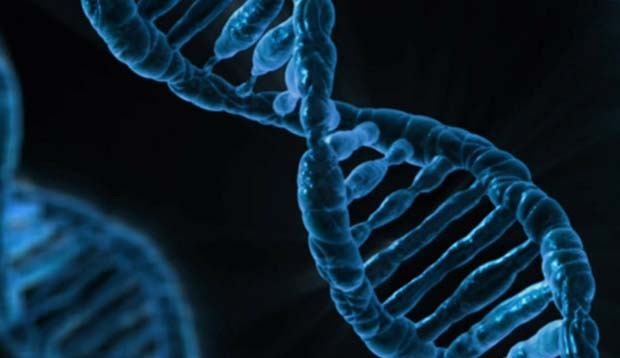McMaster researchers create microscopic disease-detecting sensor
Researchers at McMaster have established a way to harness DNA as the engine of a microscopic “machine” they can turn on to detect trace amounts of substances that range from viruses and bacteria to cocaine and metals.
“It’s a completely new platform that can be adapted to many kinds of uses,” says John Brennan, director of McMaster’s Biointerfaces Institute and co-author of a paper in the journal Nature Communications that describes the technology. “These DNA nano-architectures are adaptable, so that any target should be detectable.”
DNA is best known as a genetic material, but is also a very programmable molecule that lends itself to engineering for synthetic applications.




